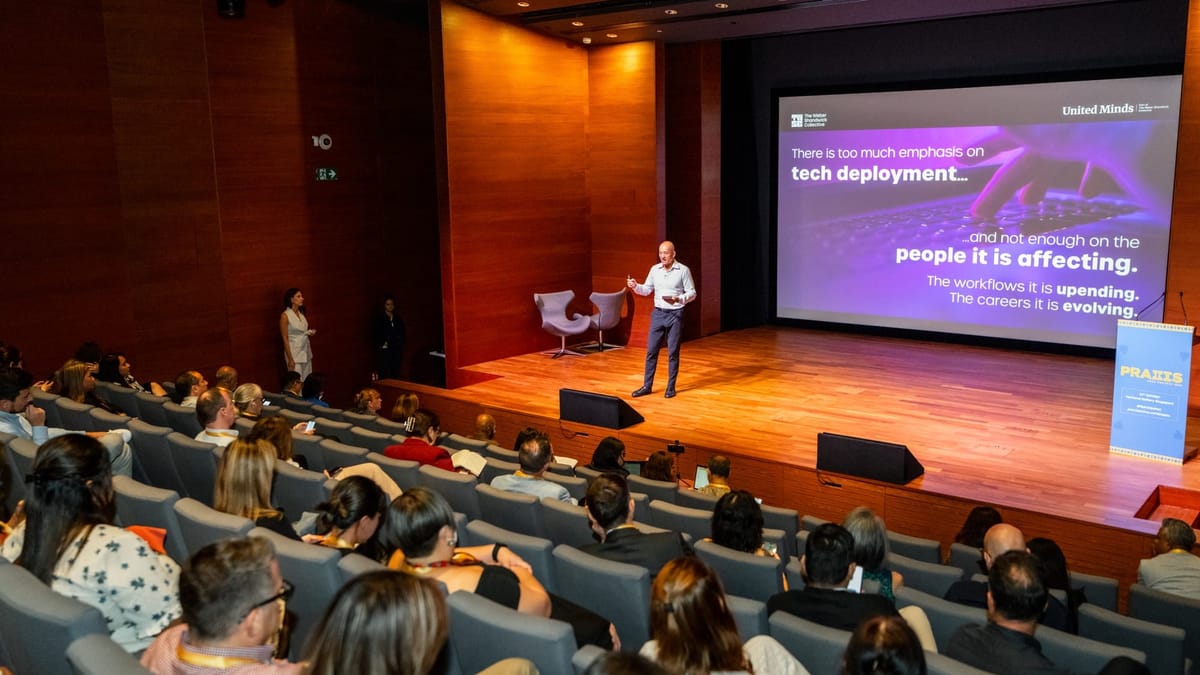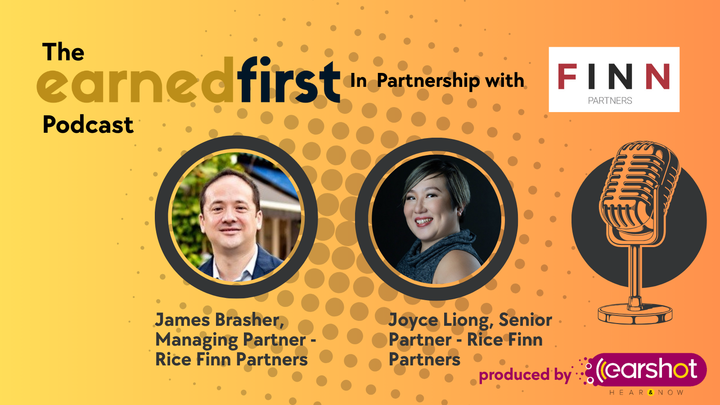PRAXIS A-P: "Communicators can't just be tool pushers"
AI is reshaping the job market, and communicators must move quickly to stay relevant in a fast-changing landscape.

The rise of AI has redrawn the communications playbook, creating a sharp divide between what machines can execute and what only humans can interpret, panellists at PRAXIS Asia-Pacific in Singapore earlier this month warned.
It has already become evident that the rise of AI poses the greatest threat to certain types of jobs. "I think, put simply, the jobs that are repetitive, the roles that are rules-oriented, that are routine, are the most exposed to this revolution," said Hin-Yan Wong, EVP strategic planning and head of Asia-Pacific analytics and intelligence at Weber Shandwick. "I think if a task can be done through prediction, that patterns can be codified, then actually the job can be done faster, probably quicker, and definitely at scale [by AI]."
Given the rapid rise of AI, what kind of job descriptions can be saved from the machine? "Our value shifts to what machines still struggle with, judgment, creativity, empathy, ethics and relationships, "added Wong.
As AI cuts a swathe through traditional job roles in the communications sector, speakers said people needed to rethink their career path. "When AI enters the picture, people don't just ask, what can you do for me?, "asked Wong. "People will ask, what does it mean? What is my role? How can I contribute? Can I trust this change? And most important of all, will I still belong here.
Jessica Uhlmann, vice president of employee engagement and transformation at the Weber Shandwick Collective explained that in the future, AI agents and human employees would co-exist. "AI owns the routine. Humans bring credibility, creativity, accountability (as part of) their irreplaceable value," she said.
As people seek to survive and thrive in this AI revolution, Wong of Weber Shandwick argued that they must look beyond the utility of AI platforms and consider the deeper human motivations and behaviours. "We need to start thinking about humans, how they think, how they behave, what truly motivates them. Our role as communicators can't just be tool pushers flogging platforms," she said. "It's really about guiding people through the transformation, messiness, challenges [and] occasional flat-out ugliness."
Part of the challenge with AI is intrinsically human — the inertia to change. "The natural impulse, a lot of the time, isn't going to be straight, outgoing and wanting to chase really shiny rewards … [it is] going to be protecting what they already have and making sure they don't lose something that they really value today."
Rather than being viewed as a career killer, Uhlmann said these tech tools could empower people. "We can position AI as a tool that enables employees to take charge of their careers [and] bolsters those unique human skills, we can inspire employees to see AI as a way to increase their impact," she added. Companies could introduce champion networks and super users who guide and serve as role models for their colleagues in adopting AI.
As people worry about the future of their jobs, some executives also suggest that they look beyond their core capability and develop a secondary skill set. "We need to have this thing called primary skill set and secondary skill sets," said Robin Chang, Asia-Pacific GM at W Communications. "It is not only enough just to do your realm of PR very well, your media pitching, your press release pitches, your interview opportunities, your buying. You also need to recognise that there's this bit about secondary skill sets." As people increasingly compete with machines for jobs, they must demonstrate their ability to offer multiple skill sets to current and future employers.
In this uncertain environment, it is essential for employers to carefully consider how they structure their teams, according to chief marketing officer for LAC, Evelyn Teo. Firstly, companies must be comfortable with the idea that people have varied career ambitions and paths. Then they need to identify people who need development, weed out those who don't fit, and establish their people plans. "First, the current team has to secure in order to attract new talent," she said. "I think this insecurity will then lead to them hiring sub-par teams, which is not helpful for an organisation."




Comments ()